Want to contribute to this article?
Mexico-based Grupo Bimbo is the world's largest baking company, with an annual revenue of $15 billion and operations in 32 countries worldwide.
Ana Cristina Morales Cárdenas works in Grupo Bimbo's technical and quality department, supporting a complex multinational food safety management system.
Qualsys interviewed Ana about the key challenges of her role and how she overcomes them.
Looking to expand and develop an international food QMS for your business?
Read Ana's recommendations below.

Be careful what you standardise
Quality professionals love standardisation.
Building identical business processes, policies and procedures across countries and continents is a dream goal for quality managers worldwide.
And for good reason. Standardisation brings a range of tangible benefits like:
- Uniform product outputs
- Strengthened brand identity (ever noticed how a can of Coke tastes the same everywhere?)
- Economies of scale
- Decreased wastage and ambiguity
- Shared best practice
But depending on the type of food product your business makes, it isn't as simple as focusing all your efforts on standardising.
As Ana puts it:
You would think that products like pan bread and hamburger buns would be the same everywhere. But they aren't.
Different countries have different preferences and ideas about what bread should be like. And even within countries, preferences can vary.
In northern Mexico, consumers prefer very soft and moist pan bread.
If you gave that same bread to someone in central Mexico, they would tell you it was raw.
In other words, global food companies in certain markets can find themselves caught in a trap between standardisation and regional preferences.
Leave your different territories disparate and disconnected, and you'll find quality management much harder - and have no standard products around which to build a recognised global brand.
But standardise too much, and you alienate your customers and damage your brand by forcing product on them they don't want.
It's a challenge in our organisational culture that we have to solve. We can't be like some global brands that deliver the exact same product everywhere.
So how can you square that circle?
Careful market research is vital to ensure you are meeting customer requirements in your various territories.
Work out which elements of your QMS you can standardise and which you have to leave flexible.
And where you can't alter your product outputs because of customer demand, you can still tweak your processes to simplify them and increase efficiency and productivity.
Don't limit quality thinking purely to your end product - but consider how your engineering, operations and new product development teams could be supported with quality initiatives as well.
Grupo Bimbo continues to manufacture 3000 products with 200 certified processes.
How and where to drive standardisation is the big question to be answered for the next chapter of the business.
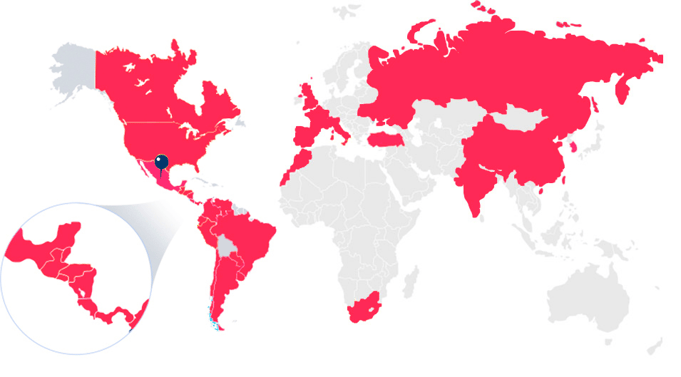
Use HACCP as a quality cornerstone
In the same way, you can't expect every territory to have the same standards of quality, particularly as your business expands into new areas for the first time.
Compared to other industries like life science, food certification remains relatively unstandardised.
As Grupo Bimbo expanded beyond Latin America, Ana learned how differently other continents approached food quality.
So it's crucial you get a firm international cornerstone in place, upon which you can 'layer' additional certification to get a standardised level of quality.
For Grupo Bimbo's bakeries, GFSI certification supported with robust HACCP processes fulfils that goal.
Start simple by getting HACCP in place across all territories. Use it as a springboard for GFSI recognition.
Then begin moving your sites up to SQF Level 2, BRC and SQF Level 3.
Need help with HACCP? Try our free toolkit:
How to build the right culture
Depending on the type of food your company makes, you might experience cultural resistance to your food quality goals which needs addressing.
Consumers and food company workers remain apathetic about certain foods.
Meats, eggs and dairy tend to command careful attention.
But nobody associates bread or cookies with food safety risks - a challenge recognised by Ana as creating a less engaged workforce in certain territories.
Training, training, training, and being the example is the best way to start changing internal attitudes.
Ana recommends training managers first, then empowering them to train employees and take food safety decisions.
Nobody likes being audited - so pitch this initiative as a way of making your company more trustworthy and therefore needing less surveillance.
And a great way of forcing rapid change is to target a tightly regulated country as a new market, and letting that country's requirements strengthen your QMS.
Grupo Bimbo's native Mexico doesn't mandate all HACCP processes, and the quality team wanted to construct a more mature food management system that surpassed Mexican regulations.
By targeting the U.S. as a prospect market, things had to change to unlock new business.
And with the boardroom brought on side by the prospect of growing the company, the crucial ingredient of senior engagement was achieved as well.
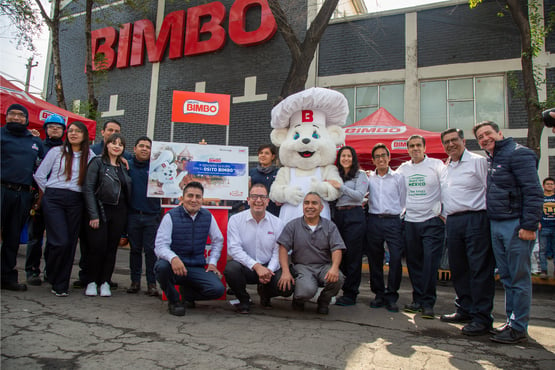
Invest in technology
Electronic systems for managing quality are coming to aid us. We need to start migrating to that.
Equipment and processes are equally important for a world class food quality system.
Infrared and X-ray machines and more efficient production line machinery will always be worth investing in, as long as the processes behind them are functional.
But for Ana, choosing technology requires the same care as choosing how you manage your processes: forcing standardised assets on the entire business might not be appropriate or provide the best overall benefit.
So consider how your end product and overall food safety and quality might be improved (or not) by every potential asset.
A new machine that works in one territory might increase output in another by 25%, but could also result in a product unsuitable for the market in that territory.
Equally, world class food quality isn't purely guided by the production line; consider how quality management technology that supports auditing, process control, training and so on might impact your business.
Auditing on mobile devices, version-controlling policies, tracking staff competence in training matrices - these are all modern possibilities of quality management technology.
People eat 3 times a day, so you'll always have an opportunity to grow and improve your food business.
The regulations tomorrow could be different from those today, so we have to be adaptable.
People in food quality are always challenging themselves.
Anyone can throw a non-conforming product in the bin. We need to think how to fix the problems so they don't happen again.





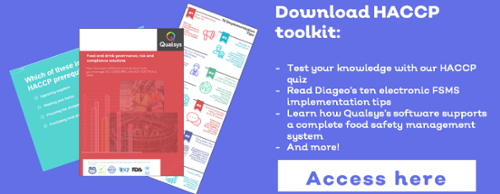
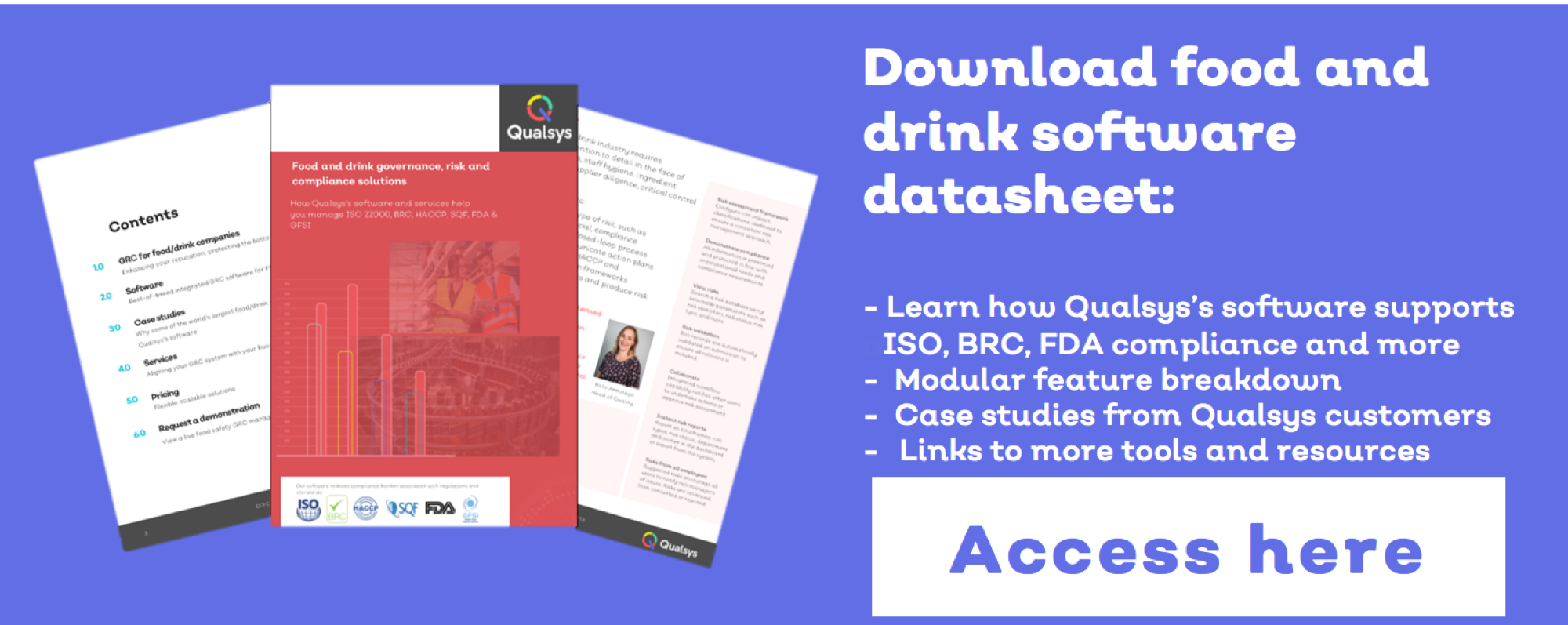

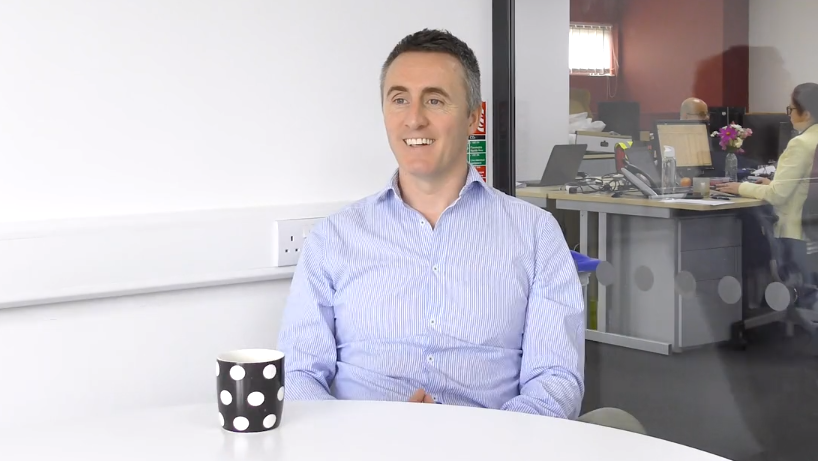
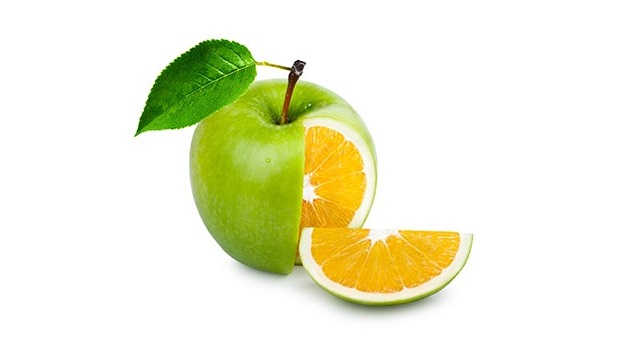
Share your thoughts on this article